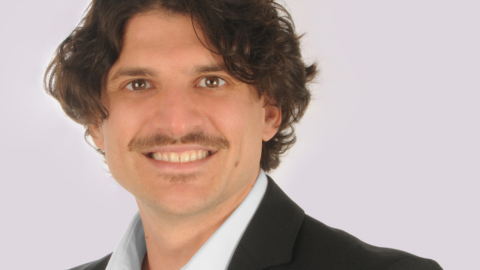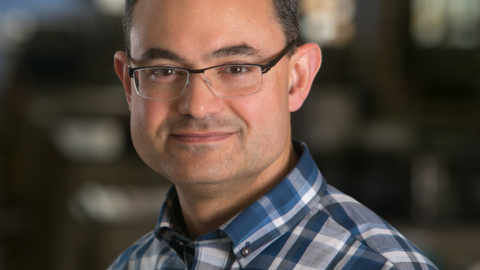Eduardo Aguilar-Pelaez presents a novel simple method to identify and remove systematic interference in battery powered physiological monitoring devices. This interference is very typically introduced via fluctuations in the power supply voltage, caused by the nonideal output resistance of small batteries, when a transceiver chip changes operating modes. The proposed method is designed to have low computational complexity in order to potentially allow for low cost, real-time implementations on low-power-based platforms, either in the system front or back end.
Image courtesy of interviewee. February 5, 2019






